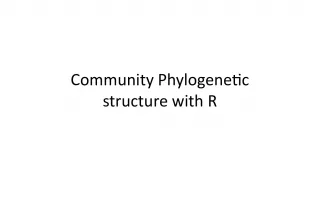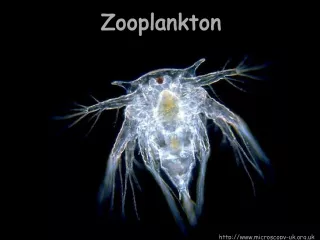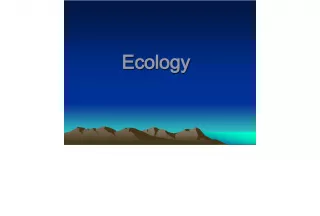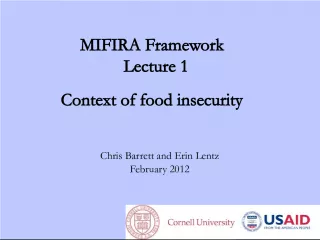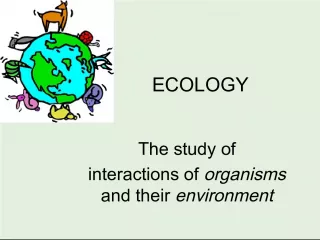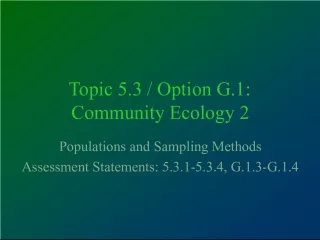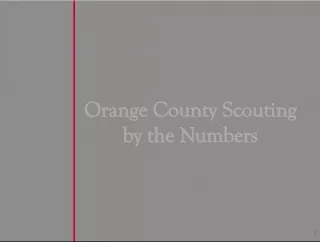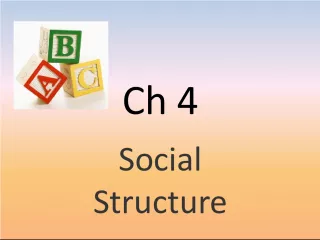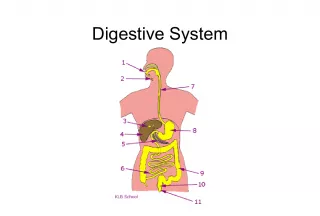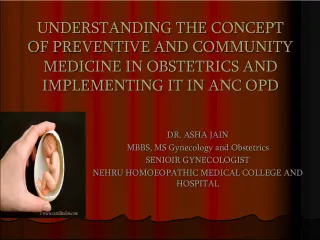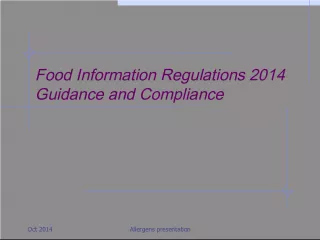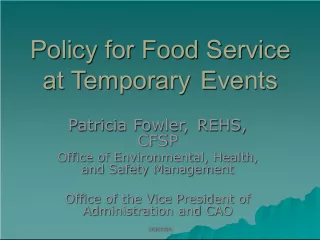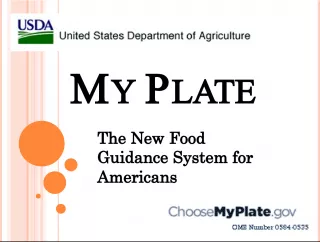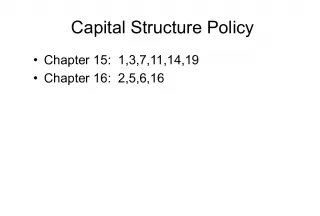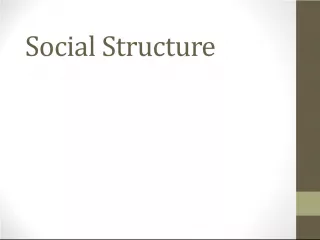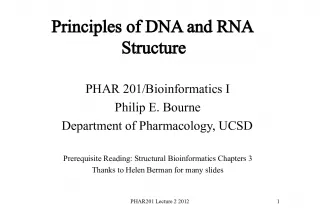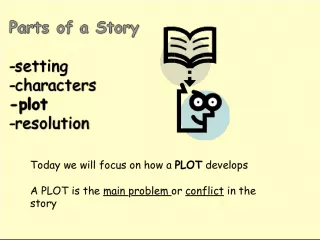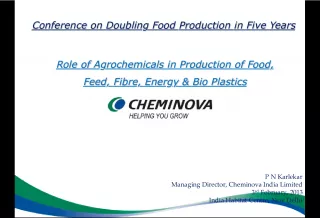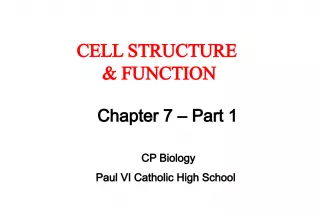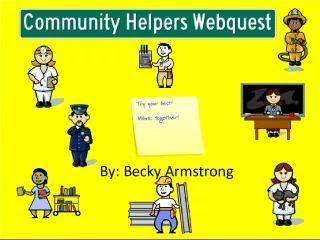Understanding Trophic Structure and Food Webs in Community Ecology
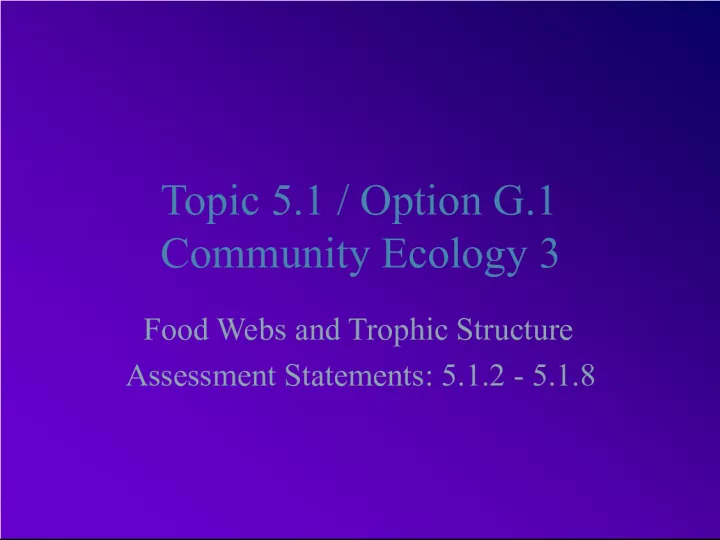

This topic delves into the concept of trophic structure in community ecology, highlighting the importance of understanding the flow of chemical energy through different levels of ecosystems. The
- Uploaded on | 2 Views
-
 lincolntaylor
lincolntaylor
About Understanding Trophic Structure and Food Webs in Community Ecology
PowerPoint presentation about 'Understanding Trophic Structure and Food Webs in Community Ecology'. This presentation describes the topic on This topic delves into the concept of trophic structure in community ecology, highlighting the importance of understanding the flow of chemical energy through different levels of ecosystems. The. The key topics included in this slideshow are . Download this presentation absolutely free.
Presentation Transcript
Slide1Topic 5.1 / Option G.1Community Ecology 3 Food Webs and Trophic Structure Assessment Statements: 5.1.2 - 5.1.8
Slide2Communities depend on trophic structure• “troph” and “trophic” refer to the chemical energy that is passed through communities in the form of food. They come from the greek word, trophos, which means “to feed.” • A trophic level consists of a group of organisms that are at a certain point in the chain of energy, all receiving energy from a particular source.
Slide3Autotrophs• Autotrophs are organisms that make their own chemical energy by converting it from inorganic molecules, using a separate energy source. • Photoautotrophs are often referred to as producers . They make their energy in the form of glucose, using CO 2 and H 2 O as the raw materials, and using the physical energy of the sun. This process is known as photosynthesis. • Chemoautotrophs use energy from chemical reactions to synthesize their organic molecules from inorganic materials.
Slide4Heterotrophs• Heterotrophs are often referred to as consumers . They obtain their chemical energy from other sources. • The most obvious source of chemical energy is through eating other organisms. Herbivores eat plants, carnivores eat animals, and detritivores eat dead and decaying organisms. • Decomposers such as fungi and bacteria directly absorb nutrients from dead and decaying material. These are known as saprotrophs. • Nearly all heterotrophs depend on autotrophs to convert the sun’s physical energy into chemical energy that they can use.
Slide5Food Chains• A food chain shows the path of energy flow through the different trophic levels, using only one organism per level. • The arrows in a food chain show the direction of energy flow. They point from the eat en to the eat er . • Homework: List 3 examples of actual food chains – Include 4 organisms each, including a producer and a primary, secondary and tertiary consumer. – Decomposers should not be included. – Use specific common names or scientific names – Use examples from natural ecosystems (no zoos, farms or pet stores)
Slide7•We will no longer use “herbviore” and “carnivore” since these terms are restrictive, and few organisms restrict themselves to one or the other lifestyle. • The trophic levels are producers (autotrophs), and primary, secondary, tertiary and quaternary consumers , depending on the number of times the energy has “changed hands.” • Few communities can support more than four trophic levels unless the quaternary consumers are also tertiary consumers, because of the inefficiency of energy transfer. There just isn’t enough energy in the system to support higher levels of consumers.
Slide8Food Webs• A food web shows many interlocking food chains. Few organisms eat only one type of food, and many obtain their energy from multiple trophic levels below. • Therefore, it is possible for a hawk to be both a tertiary and quaternary consumer, when it feeds on both primary consumers (such as rabbits) and secondary consumers (such as snakes). • You should be able to draw an accurate food web with at least 10 given organisms. You should know which trophic levels to place organisms in.
Slide9Food webs arehighly complex.
Slide10Food Web Assignment• Construct a 10-organism food web using organisms from the field guides available. • Make sure your arrows point the right direction, and show accurate relationships! • Label each trophic level. Also distinguish between autotrophs and heterotrophs. • You can draw or print pictures of the organisms. Include specific names (common or scientific). • The trophic relationships must actually exist.
